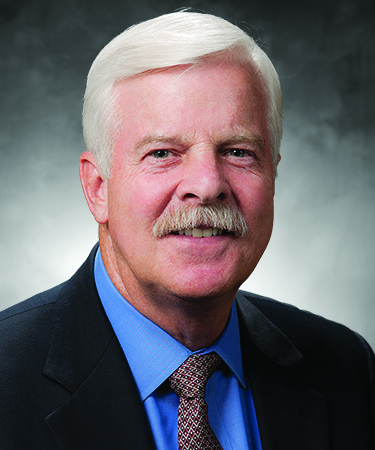Colorado taxpayers, along with PERA members and retirees, need to have accurate information about PERA’s current funded status and a path forward. That’s the message from PERA Board of Trustees Chairman Timothy M. O’Brien in his guest commentary published in The Denver Post on Sunday, January 7. O’Brien outlined five things to keep in mind as the General Assembly begins its 2018 session and considers the Board’s legislative recommendation.
While the messenger may have changed, the Board’s fiduciary responsibility to PERA members has not. After months of stakeholder outreach, more than 80 percent of those who attended a PERAtour meeting agreed that the time to act is now. Shared responsibility is a sound principle on which the Board’s recommendation is based, but there are no easy fixes and real lives will be impacted by any decisions made. Finally, these recommendations were not made lightly. It is time to ensure the security of the retirements earned by Colorado’s current and former public employees.
Read the commentary here.
FiduciaryA person who manages money on someone else’s behalf and who has a sworn responsibility to manage those funds in the best interest of the client.





Thank you for the update. As a PERA member, I support a 3% contribution increase by both employers and employees and annual COL adjustment based on the rate of inflation as determined by the Fed.
Thank you Mr. O’Brien for your insightful commentary in the Denver Post. I was especially glad to see PERA finally come forth with information regarding the State’s shortfall in contributions to the PERA fund and what impact that has had on our current unfunded liability. I would encourage the Board to provide members with specific numbers (i.e. what is that number; where is the ARC in the tables you recently posted; Greg Smith told me that shortfall was $14 Billion–is that correct?) that we can go to our representatives and senators with as we move through this legislative session. Otherwise I fear with just general statements as you made in the Denver Post article our protestations at the State’s lack of commitment will be dismissed out of hand. I also strongly believe that PERA should request specifics from the Department of Personnel on the paucity of pay raises received by active employees since about 2000/2001 when the legislature did away with the Step and Grade system (5% per year through Year 6 with Step 7 achieved after six more years) replacing it with the “Pay for Performance Pay System and subsequently the Merit Pay System. This information would be valuable for us to provide to our legislators since many weren’t around when that bait and switch was made. It would also lend weight to the argument that further contribution increases from our employees without adequate pay increases over the years has substantially lowered their standard of living. Thanks again for your article in the Denver Post!
Dear Mr. Lovell,
PERA has disclosed the ARC deficiency in the CAFR for many years. On the tables in this PERA on the Issues post (link below), please see the line “Contribution Deficiency” for details by year of the shortage in the ARC payment from PERA’s employers (not just the State). The total on the second table for the contribution deficiency is $4.6 billion. https://peraontheissues.com/index.php/2017/12/26/sources-of-peras-unfunded-liabilities/
As to your second comment about the State’s pay history, PERA does not have input on the compensation practices of our employers.